'A creative explosion' in the West End: Sarabande Foundation takes residency at Selfridges
Sarabande Foundation's ‘House of Bandits’ takes up residence with gusto in Selfridges for nine weeks
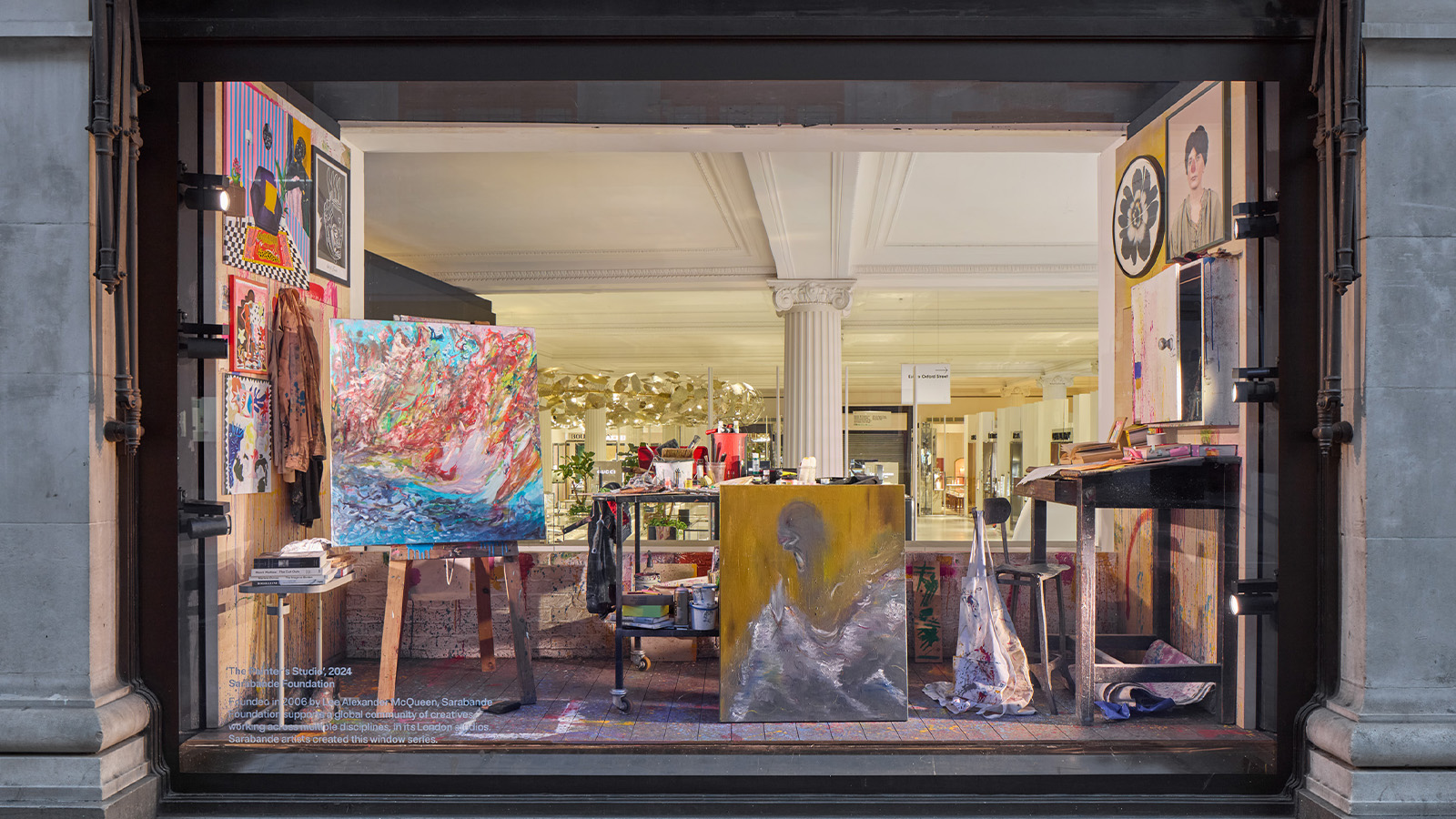
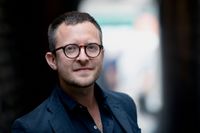
Breathing life into the darker dregs of January, all hail Sarabande’s ‘House of Bandits’ residency at Selfridges, a riotous takeover of London’s West End edifice, which runs until 23 March. Less pop-up, more creative explosion, the residency features art, craft, fashion, jewellery and sculpture for sale from a wealth of Sarabande’s 280 alumni alongside limited edition works by the foundation's friends and supporters, such as Thom Browne, Francesca Amfitheatrof, Tim Burton and Jake Chapman. All sales proceeds will directly support the foundation and its artists.
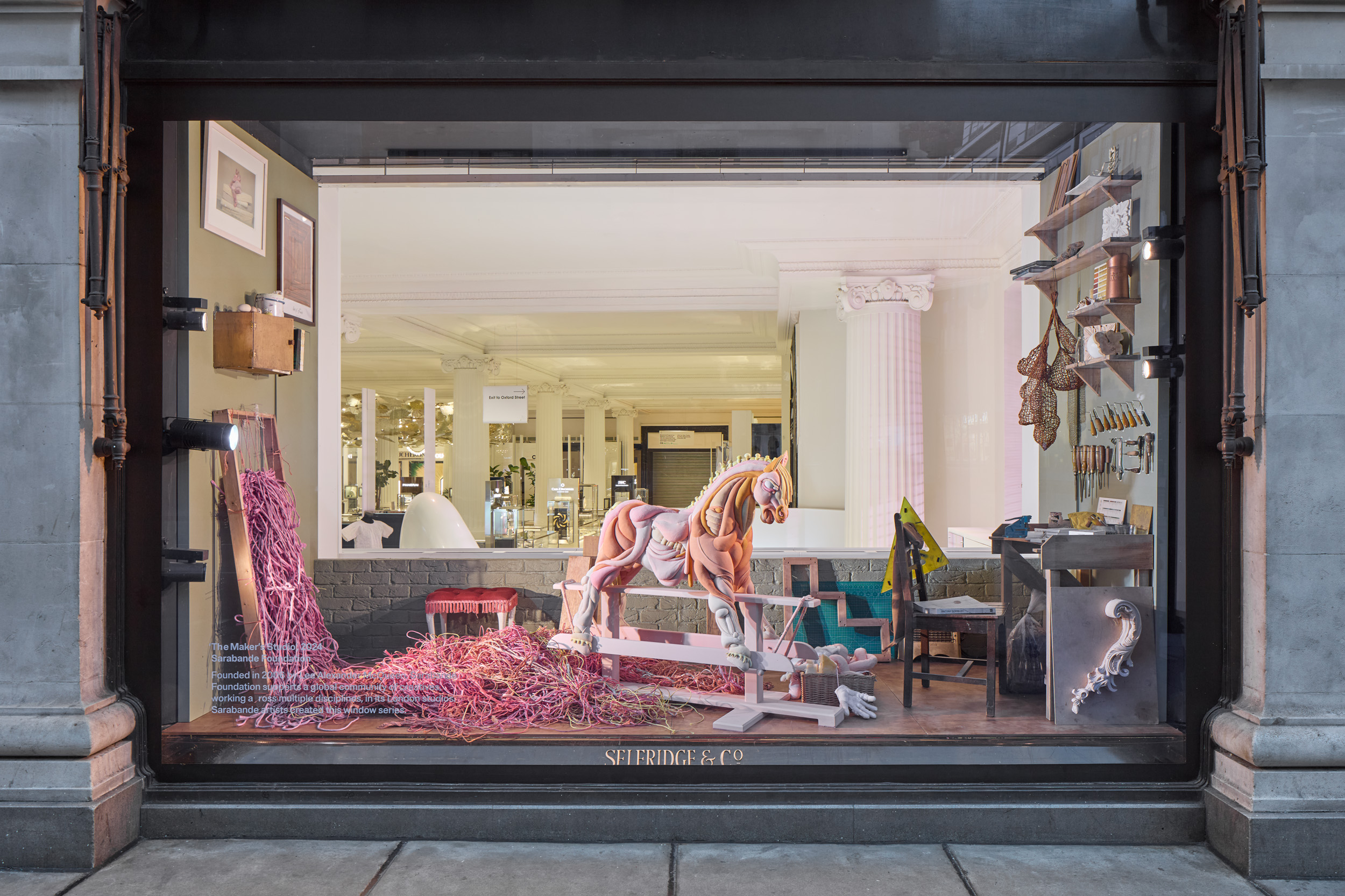
However important, bringing work to market is just one part of the residency. ‘We want to recreate the feeling of Sarabande too,’ says Trino Verkade, the foundation’s director: ‘Making art accessible is an important part of what we do, but it’s equally vital that we inspire the next generation of artists into existence,’ she continues. On the shop floor at Selfridges, Sarabande has recreated working studio spaces as they appear at their Haggerston and Tottenham homes. These will have a rotation of Sarabande artists and designers working in them throughout the two-month residency for people to see creativity in action and speak to the artists about their work, their process and their lives too.
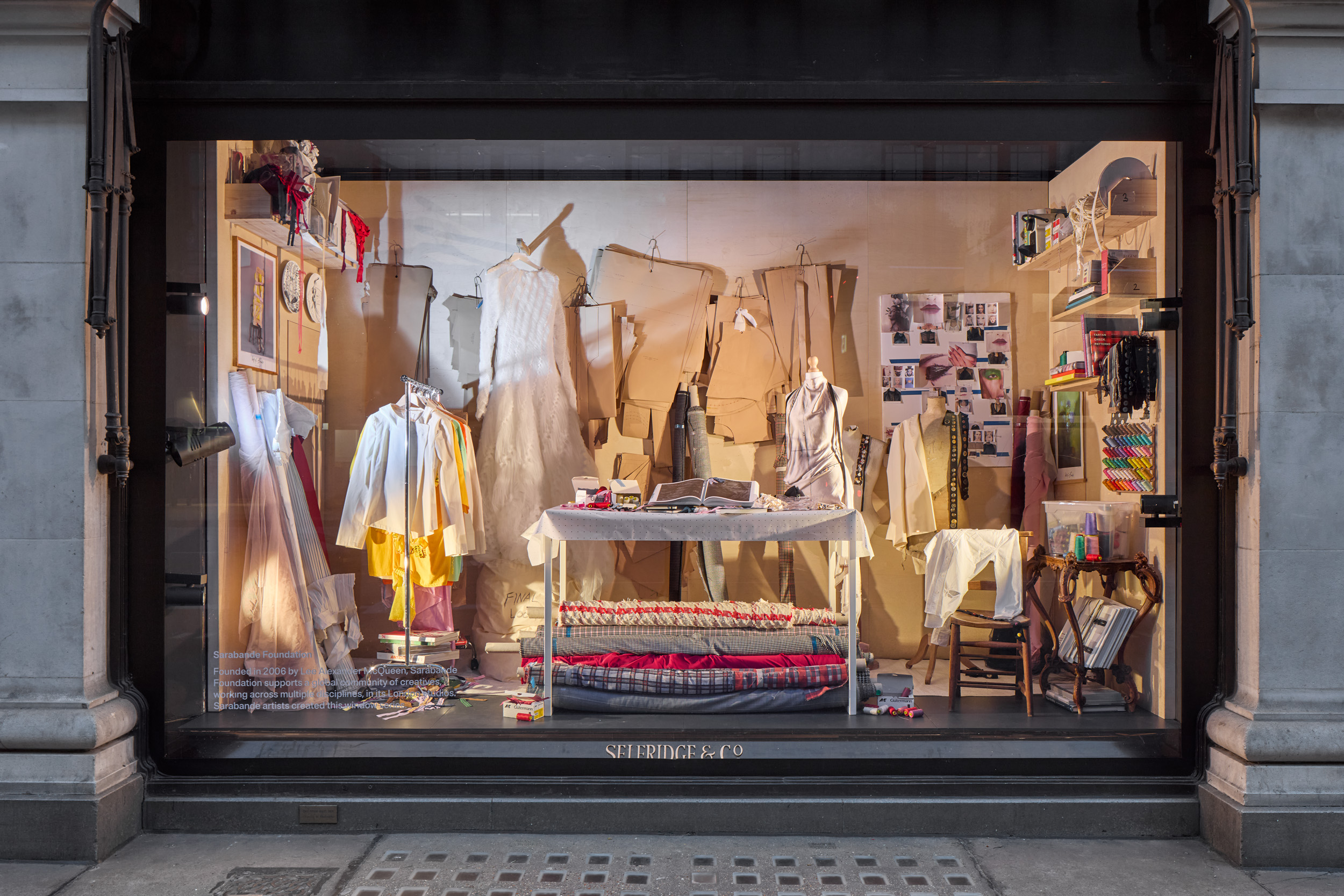
Sarabande has also taken over three windows on Orchard Street, recreating the studio of a painter, a fashion designer and a craftsperson in each. Honouring the foundation’s reputation for exceptional public programs, the residency is bringing a series of talks, events and workshops to Selfridges’ shop floors and cinema space. ‘We want it to have the energy and life that we love at Sarabande,’ Verkade explains, ‘It’s a fantastic opportunity to open up our world and show people what we do. We recognise that creativity knows no bounds and so we hope that everyone whether they know anything about art or not will come and see us, find out more about the foundation and our artists, join a workshop or talk, and buy something - a mug or a painting - to support the future of fearless creativity in this country.’
Ahead of the residency opening, we caught-up with Trino Verkade, director of Sarabande to hear more about the foundation’s work.
Trino Verkade on the future of Sarabande
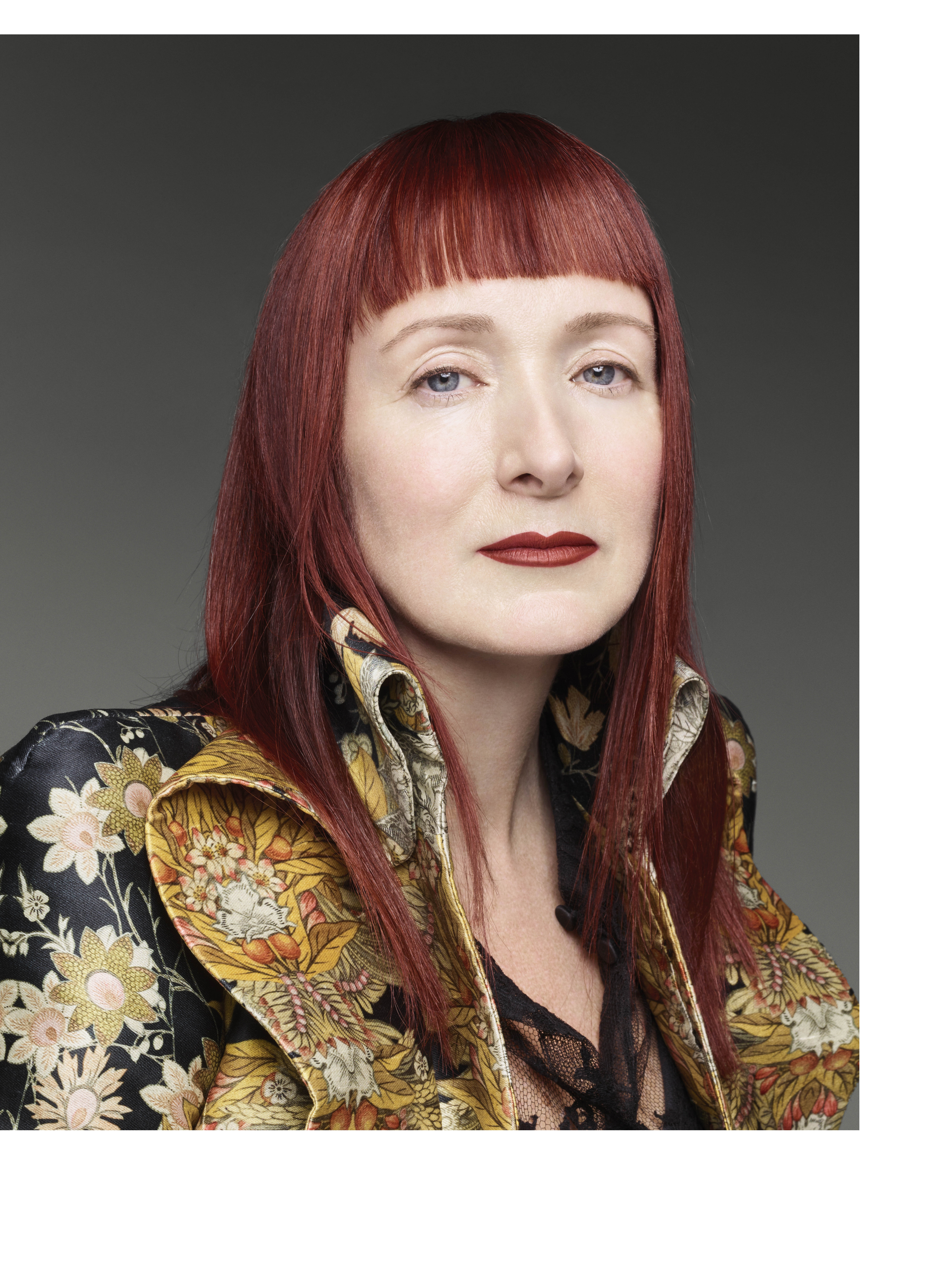
Wallpaper*: It’s been nearly two decades since Lee McQueen founded Sarabande in 2006. What’s the most remarkable aspect of the journey so far?
Trino Verkade: We went into Sarabande rather naively with a clear plan of what we wanted to achieve but not a great understanding of how it was going to work. It was founded with passion, based on an idea – to help support the future of fearlessly creative individuals. The thing that always strikes me is the incredible support that we receive.
W*: It looms large in the imagination of the creative industries, not just because of Lee’s legacy, but in the sense of community that you harness.
Receive our daily digest of inspiration, escapism and design stories from around the world direct to your inbox.
TV: The feeling we hoped to capture was based on the early 1990s in London, when creatives of all backgrounds and interests worked together and believed in working together. People helped and shared with each other. This is the concept at the heart of Sarabande in its business and mentoring layer, and we encourage everyone to help each other, while they’re working with us, and as they go out into the world.
The age group that has grown into business from the 1990s and early 2000s period really supports the foundation. We have an amazing team; it’s a community of creatives that have made it and they don’t want to be the last one. They want to see more people coming through the pipeline. They want to help.
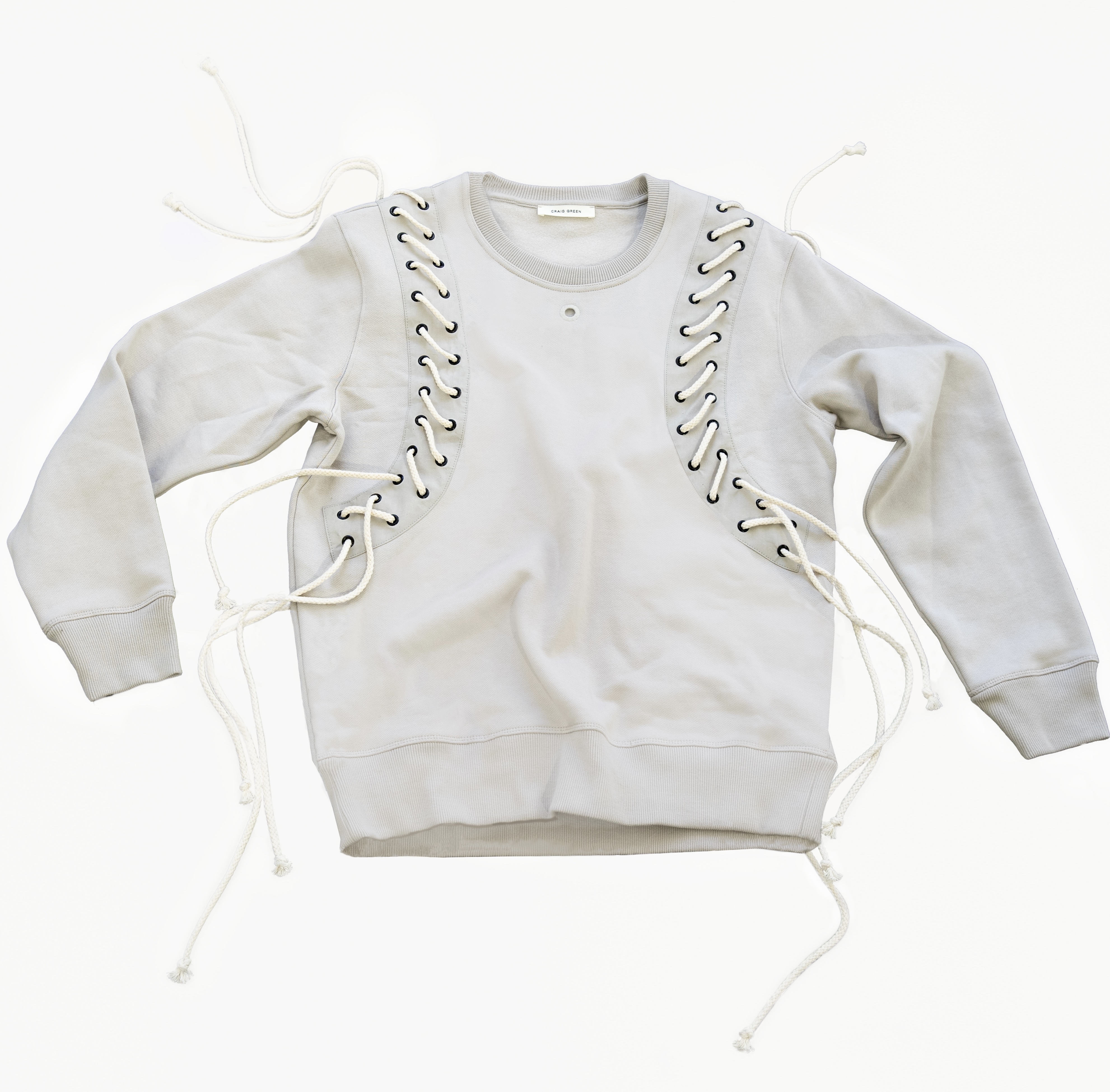
W*: It sounds like a cliché to describe your alumni as a family, but the force is strong.
TV: It’s one of the greatest elements of success: our relationship with the artists that we support is genuinely like a family. From the very first artists who moved in to the artists we work with now, everyone is friendly with the foundation. There’s a desire to give back to support other artists coming up - it’s unusual these days, but it’s very genuine at Sarabande.
W*: What has fostered it?
TV: We make it clear there is no competition between artists, and this generates a great degree of goodwill, mutual admiration and respect. They all love to be inspired by others around them, and not with a commercially competitive eye. We tell everybody that they have their own unique voice. We encourage them not to replicate a creative concept from another artist. There’s enough room out there; everyone can own their own space and grow in their own way. We love to see how many alumni buy each other’s work. This says it all.
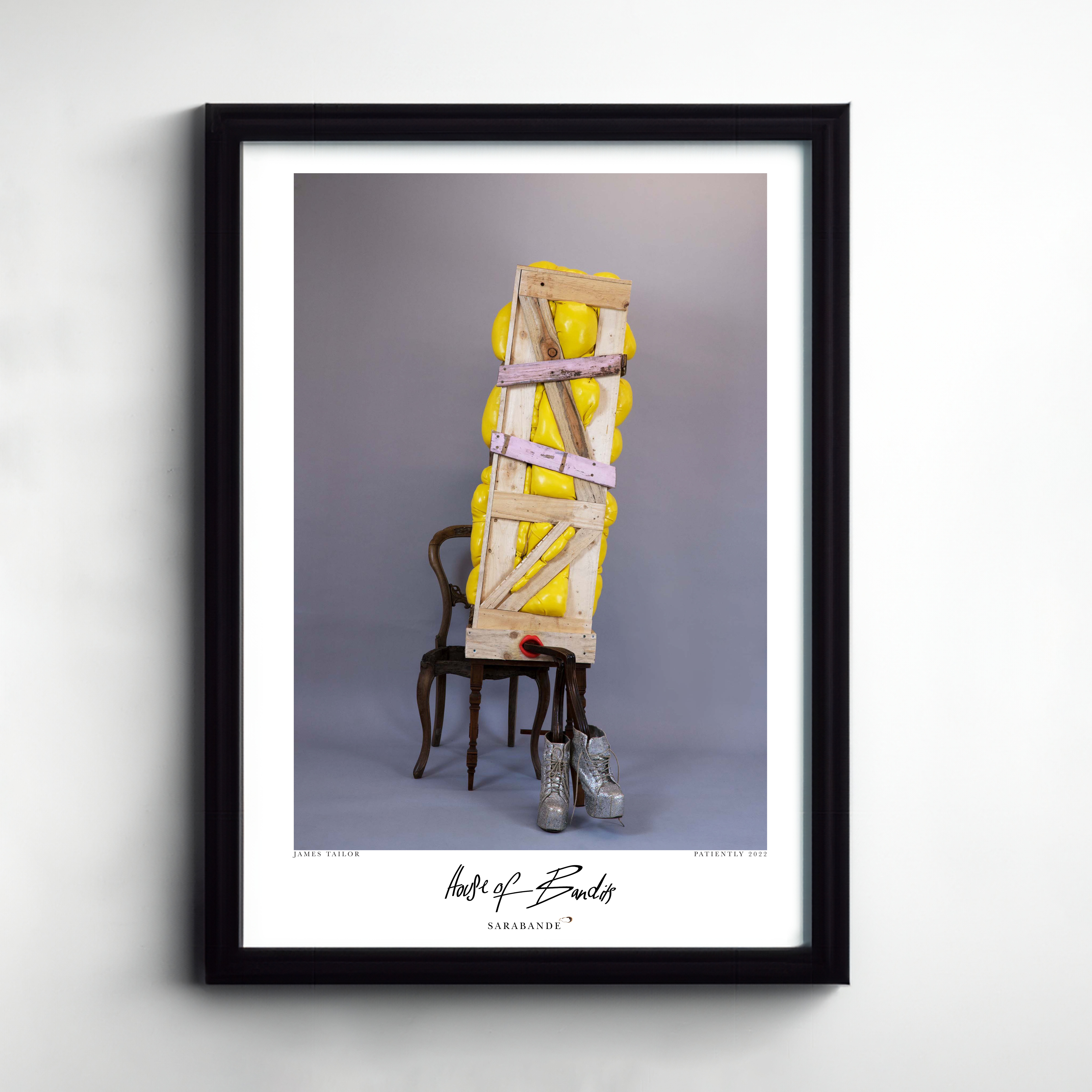
W*: Obviously the financial assistance and support is crucial, but the psychological support is equally vital. There’s a great degree of courage required in choosing to work creatively.
TV: Giving funds and studio spaces to people is a tangible measure of our support. The bigger issue is helping people believe they can make their own industry when they don’t see it already existing. We encourage people to understand the value of spending time on something that is a burning passion. It sounds so airy fairy and of course making money is a reality, but there are multiple ways of earning money. Striving for creative fulfilment is not an either/or choice.
When we interview an artist for studios, they often teach part-time or work elsewhere and we don’t put any limits on that. Our role is to be a space where people can make works because they mean something to them; they’re not entirely commercially driven. We want people to make things they’ve never made before and they don’t know if there’s a market for them. They are walking into new territories, and it is fearlessly courageous. Recognising and respecting this is the support we give.
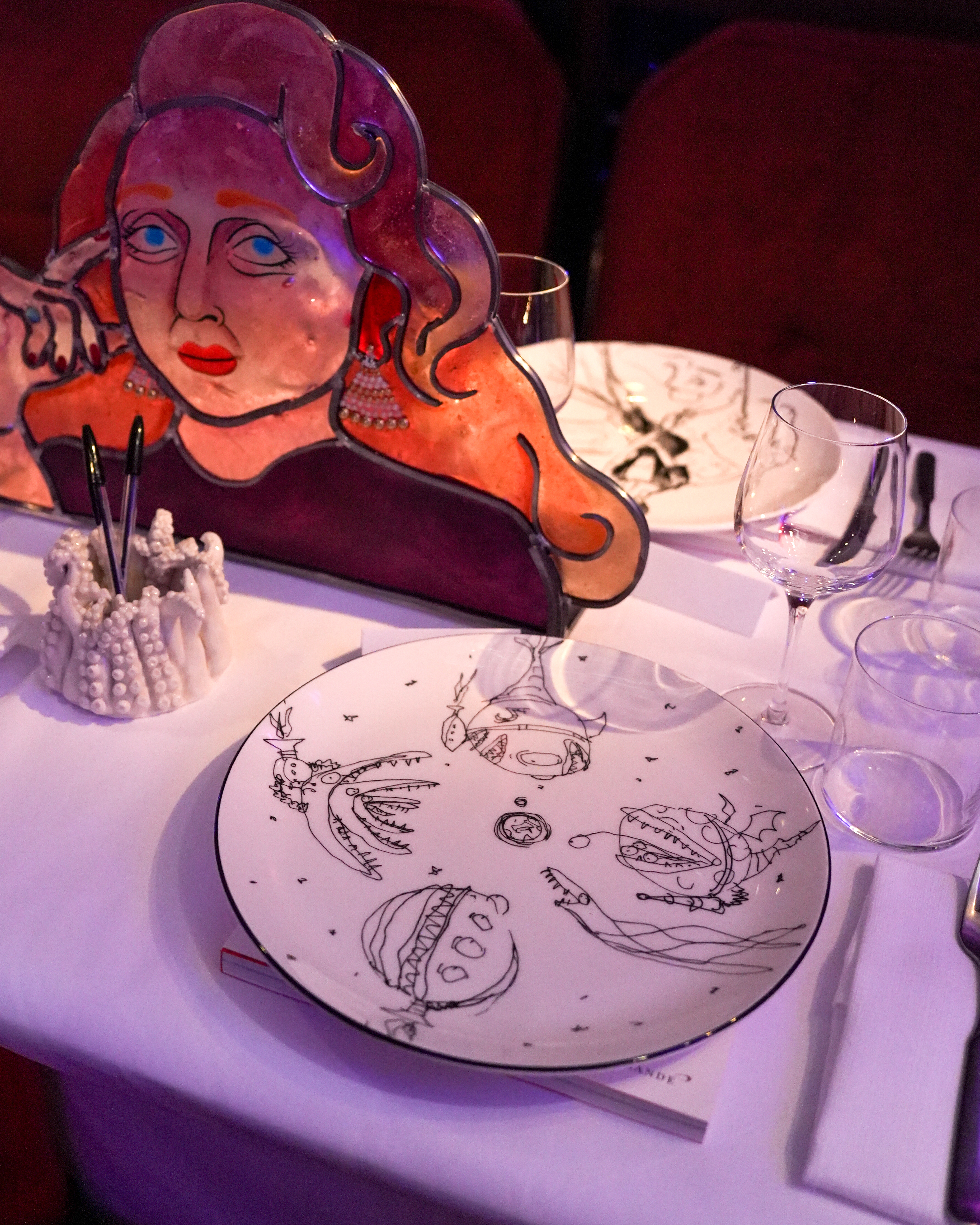
W*: Understanding this brings a whole new depth to the wonderful opportunity that your residency at Selfridges presents.
TV: It is an incredible gift to us. Selfridges has given us this opportunity for free, and we have a very exciting, busy nine weeks ahead of us. There will be a different artist each week creating work on the shop floor like a mini studio. This is important for accessibility: seeing and hearing stories about why artists do what they do changes people’s minds about what they can achieve.
W*: It also enlightens people’s understanding about process, production and consumption, which is an important message in a retail environment.
TV: It makes retail living – alive. This isn’t about selling as you say, it’s about process, passion, stories. It’s a different retail offering - a cultural one that’s about education and life experience.
Sarabande ‘House of Bandits’ at Selfridges runs until 23rd March, 2025
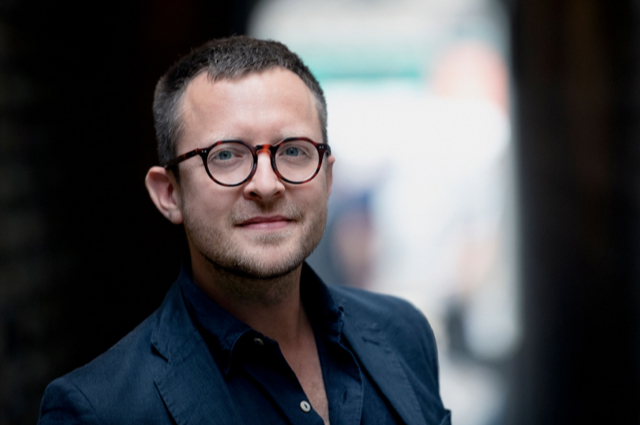
Hugo is a design critic, curator and the co-founder of Bard, a gallery in Edinburgh dedicated to Scottish design and craft. A long-serving member of the Wallpaper* family, he has also been the design editor at Monocle and the brand director at Studioilse, Ilse Crawford's multi-faceted design studio. Today, Hugo wields his pen and opinions for a broad swathe of publications and panels. He has twice curated both the Object section of MIART (the Milan Contemporary Art Fair) and the Harewood House Biennial. He consults as a strategist and writer for clients ranging from Airbnb to Vitra, Ikea to Instagram, Erdem to The Goldsmith's Company. Hugo recently returned to the Wallpaper* fold to cover the parental leave of Rosa Bertoli as global design director, and is now serving as its design critic.
-
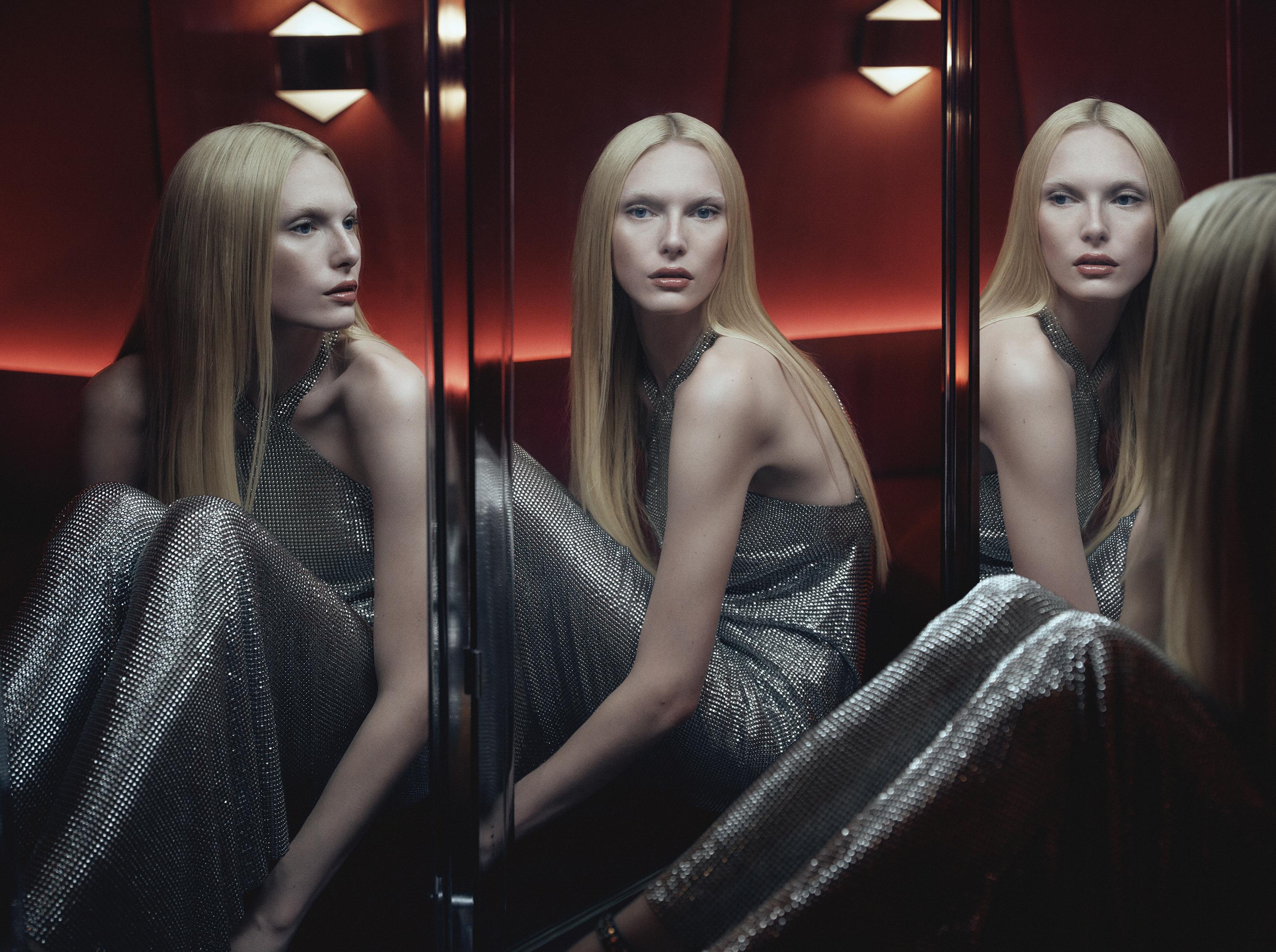 Ludovic de Saint Sernin launches a beauty and fashion collection with Zara
Ludovic de Saint Sernin launches a beauty and fashion collection with ZaraThe Paris-based designer unveils a collection inspired by New York City subcultures
-
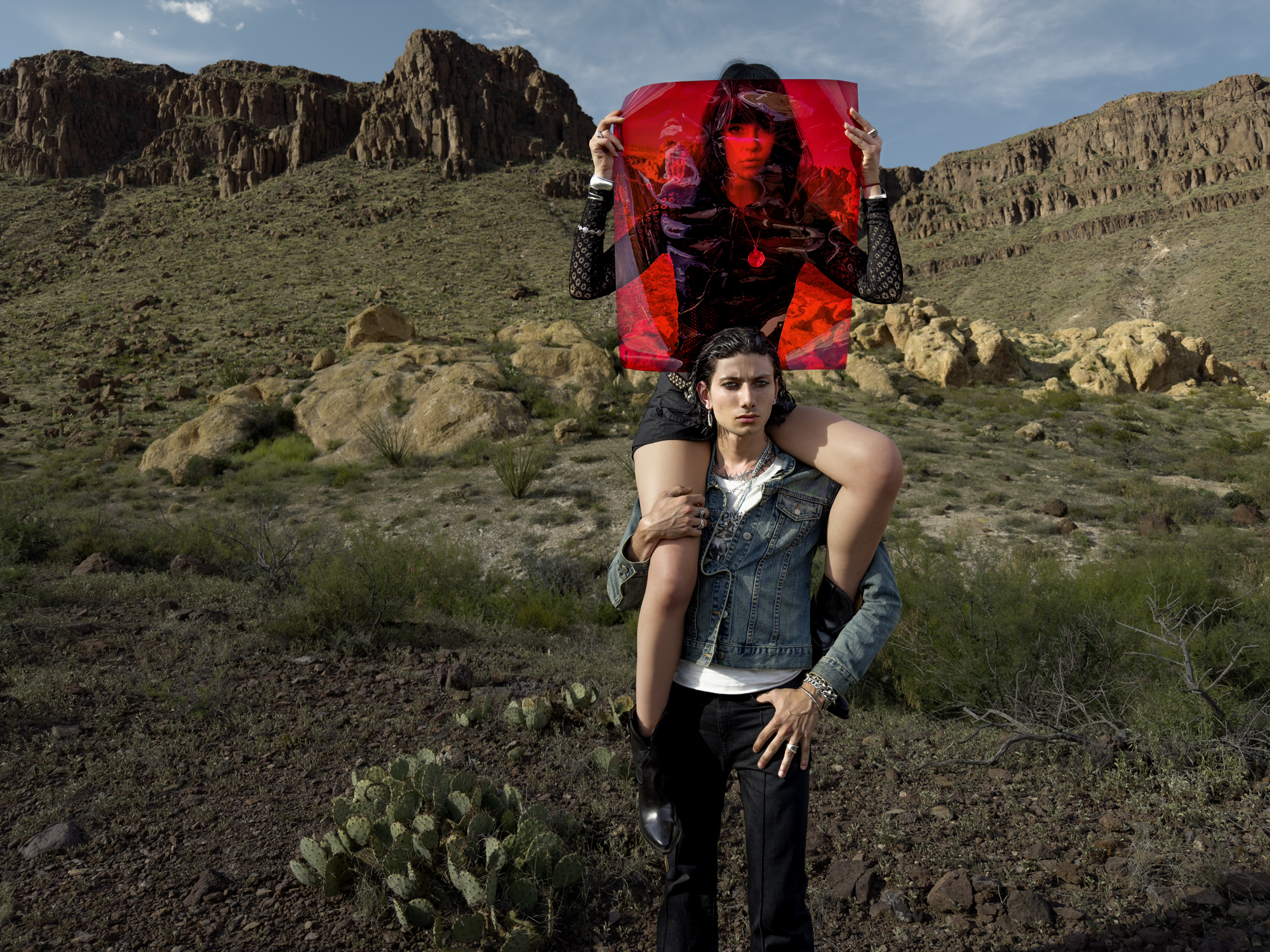 Inez & Vinoodh unveil romantic new photography series in Paris
Inez & Vinoodh unveil romantic new photography series in ParisA series of portraits of couple Charles Matadin and Natalie Brumley, created using an iPhone in Marfa, Texas, goes on show in Paris
-
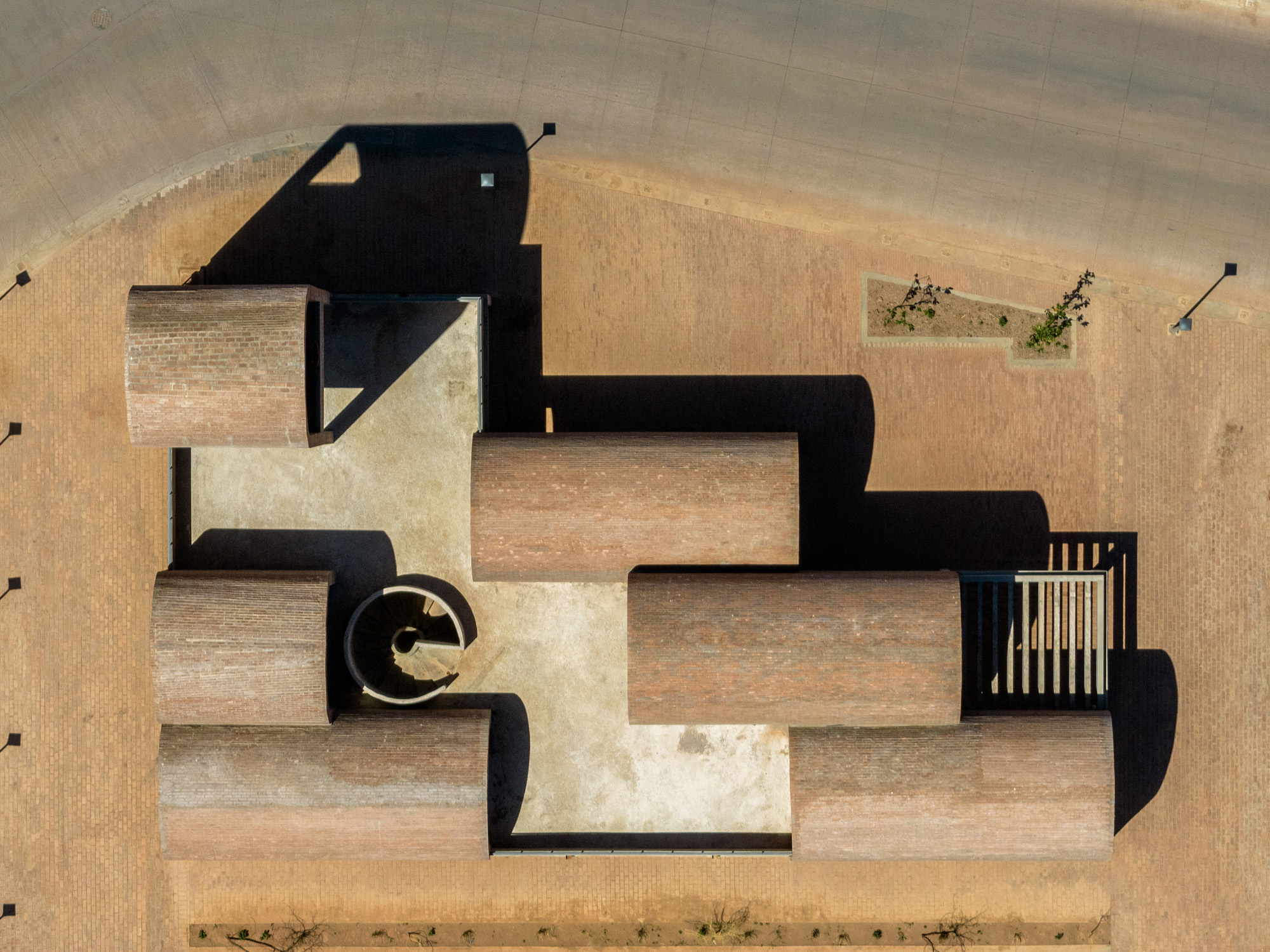 A Mexican town raises its game with Fernanda Canales’ Border Outlook
A Mexican town raises its game with Fernanda Canales’ Border OutlookBorder Outlook, a landmark community centre in northern Mexico designed by Fernanda Canales, goes above and beyond, giving hope to a region divided by the border wall
-
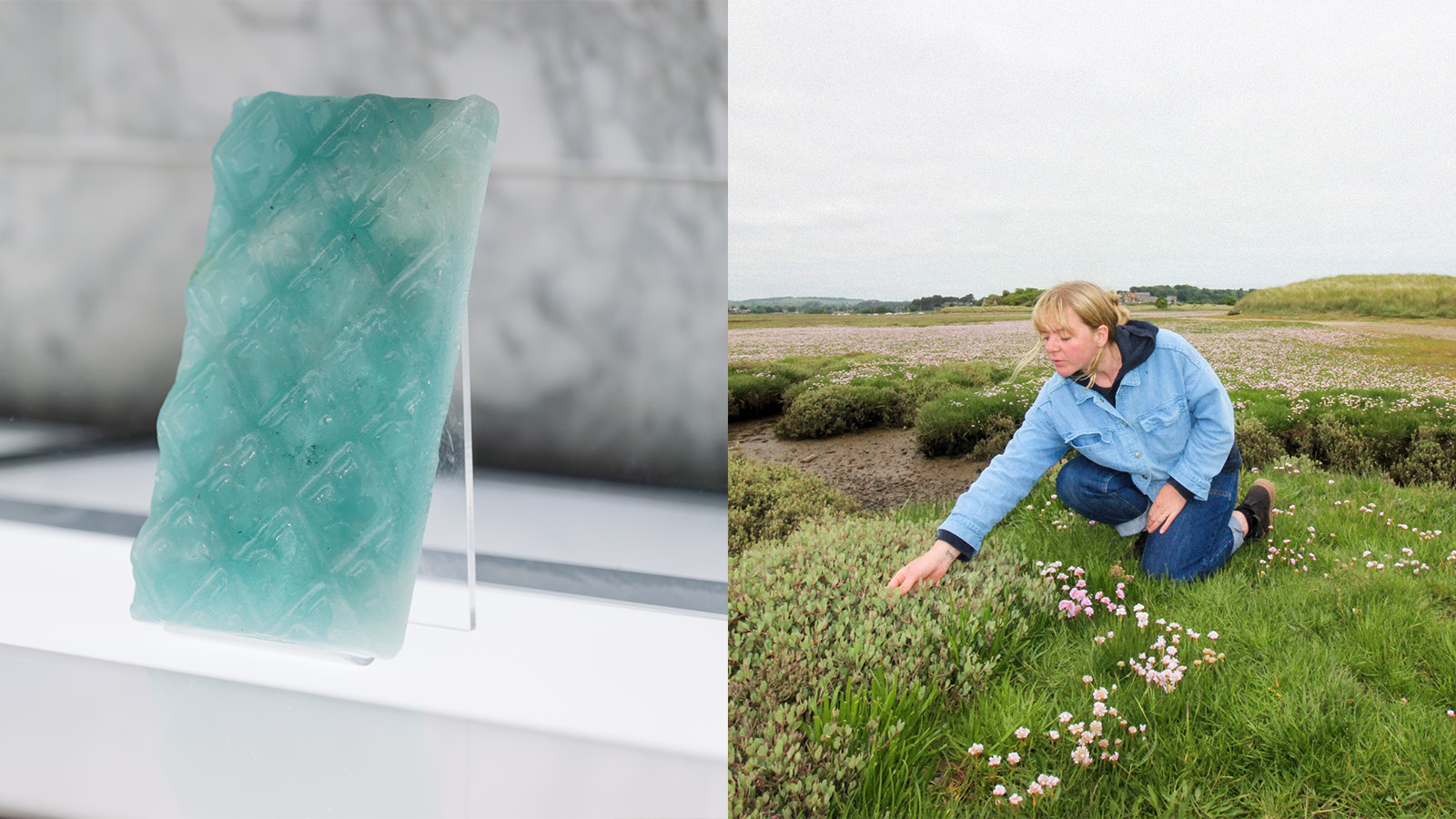 Lulu Harrison is the Ralph Saltzman Prize winner 2025
Lulu Harrison is the Ralph Saltzman Prize winner 2025The Design Museum, London, announces Lulu Harrison as winner of The Ralph Saltzman Prize for emerging designers, and will showcase her work from 24 June to 25 August 2025
-
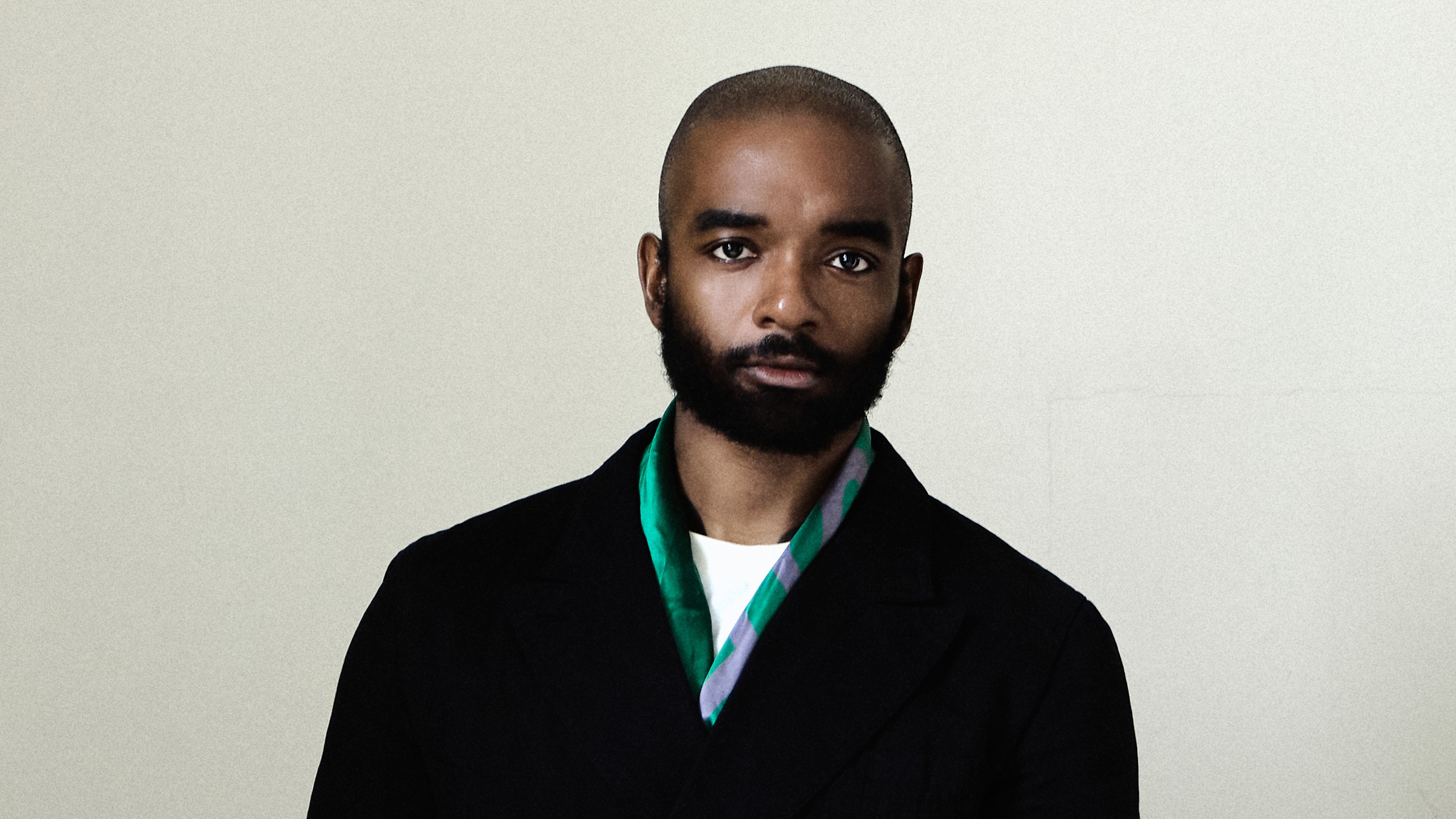 ‘Designers are far more than just producers of commercial goods’: Samuel Ross on the London Design Biennale
‘Designers are far more than just producers of commercial goods’: Samuel Ross on the London Design BiennaleThe artistic director of the major event and founder of A-COLD-WALL* discusses the role of a designer and the future of the sector in an exclusive interview
-
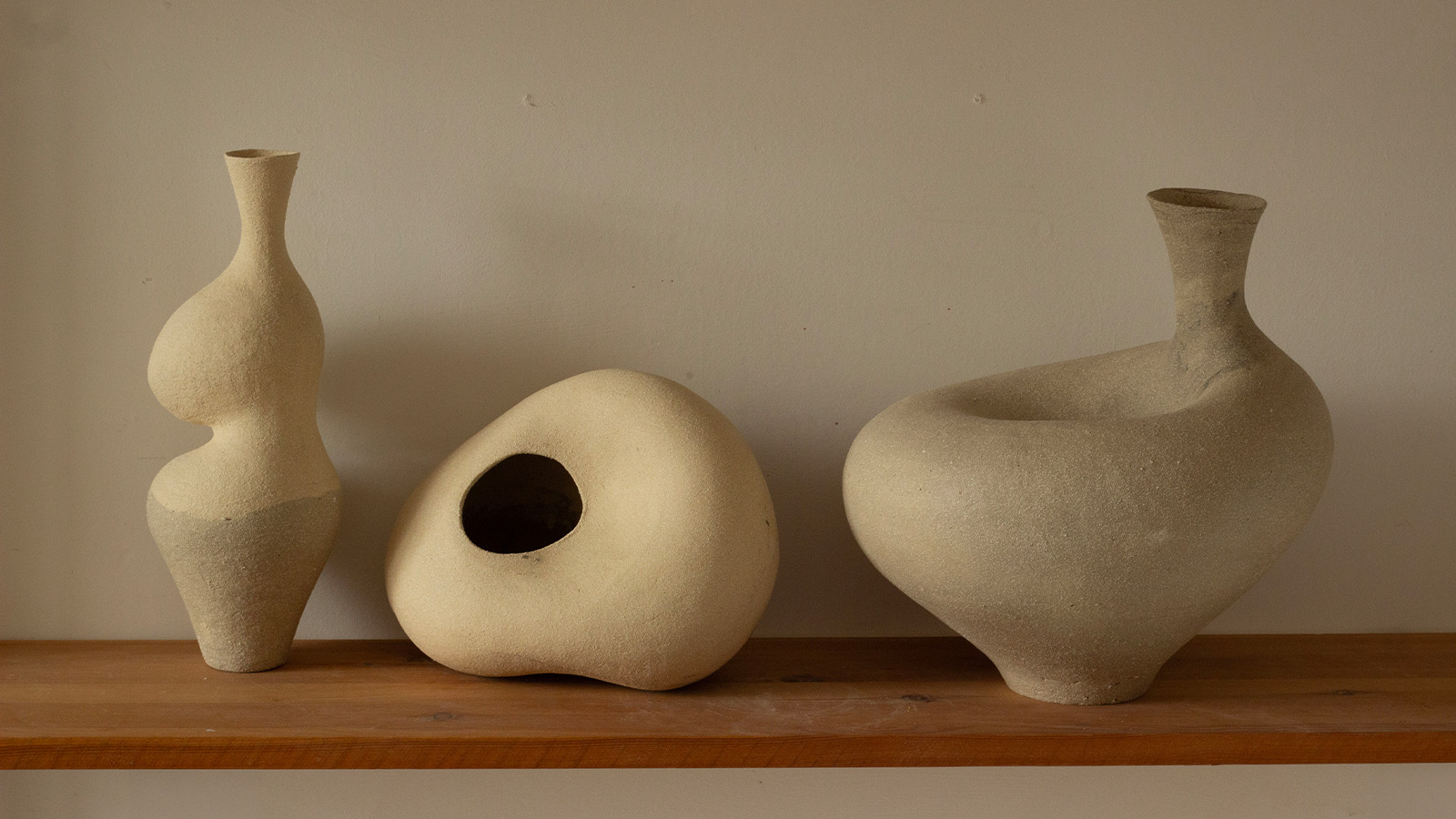 London Craft Week 2025 highlights – what to see this weekend
London Craft Week 2025 highlights – what to see this weekendLondon Craft Week 2025 (until 18 May) brings together some 1,000 established and emerging makers. Here is everything we saw and loved so you don't miss a thing
-
 Erasers become architectural illusions at Gallery Fumi
Erasers become architectural illusions at Gallery FumiLondon duo Study O Portable unveil 'Rubber Rocks', trompe-l’œil furniture made from erasers, exploring themes of materiality, memory and architectural decay
-
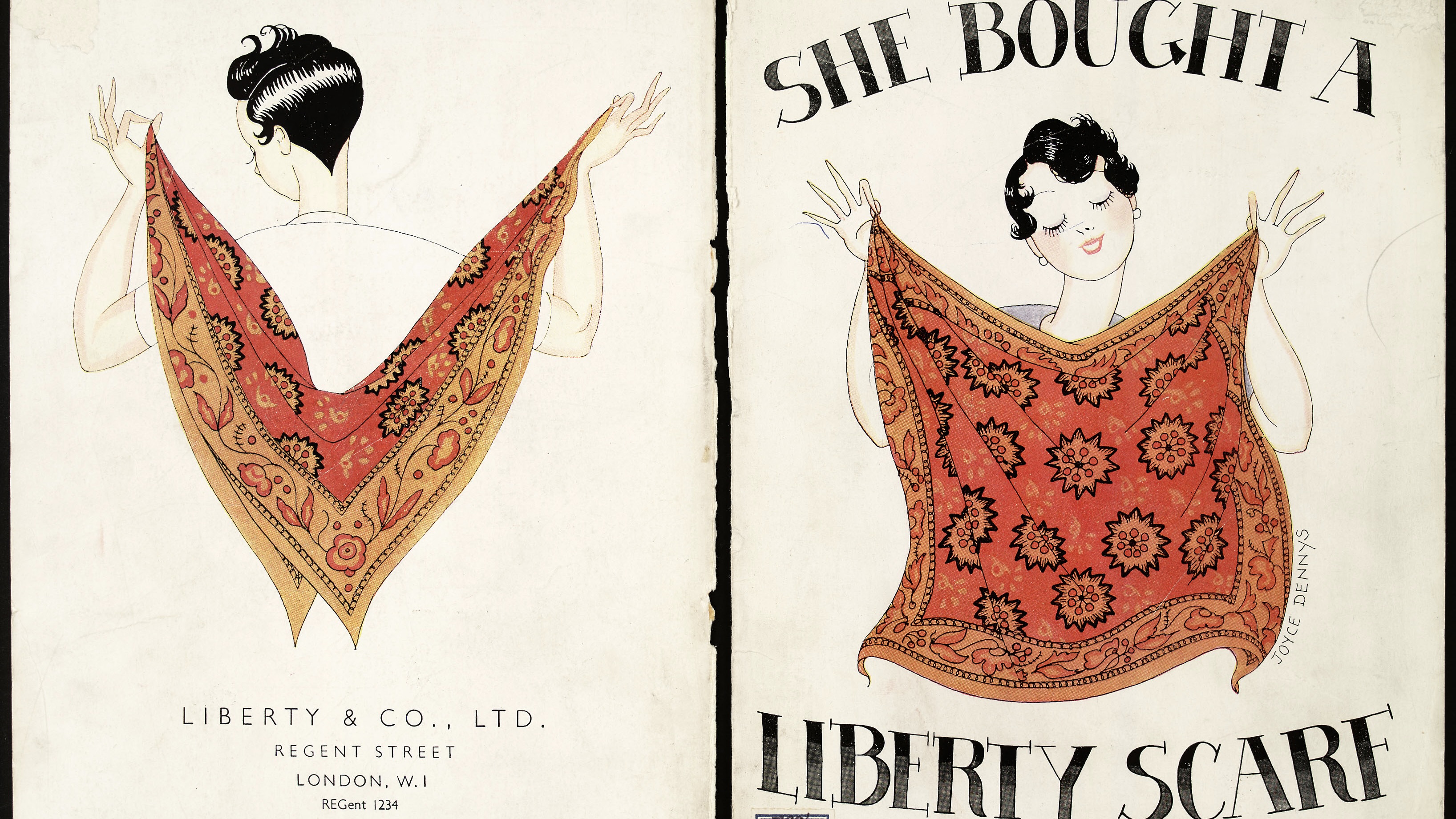 Liberty at 150: a history of the brand in 10 objects
Liberty at 150: a history of the brand in 10 objectsLiberty is marking its 150th anniversary; to celebrate, we remember products and prints that helped make the department store the cultural touchpoint it is today
-
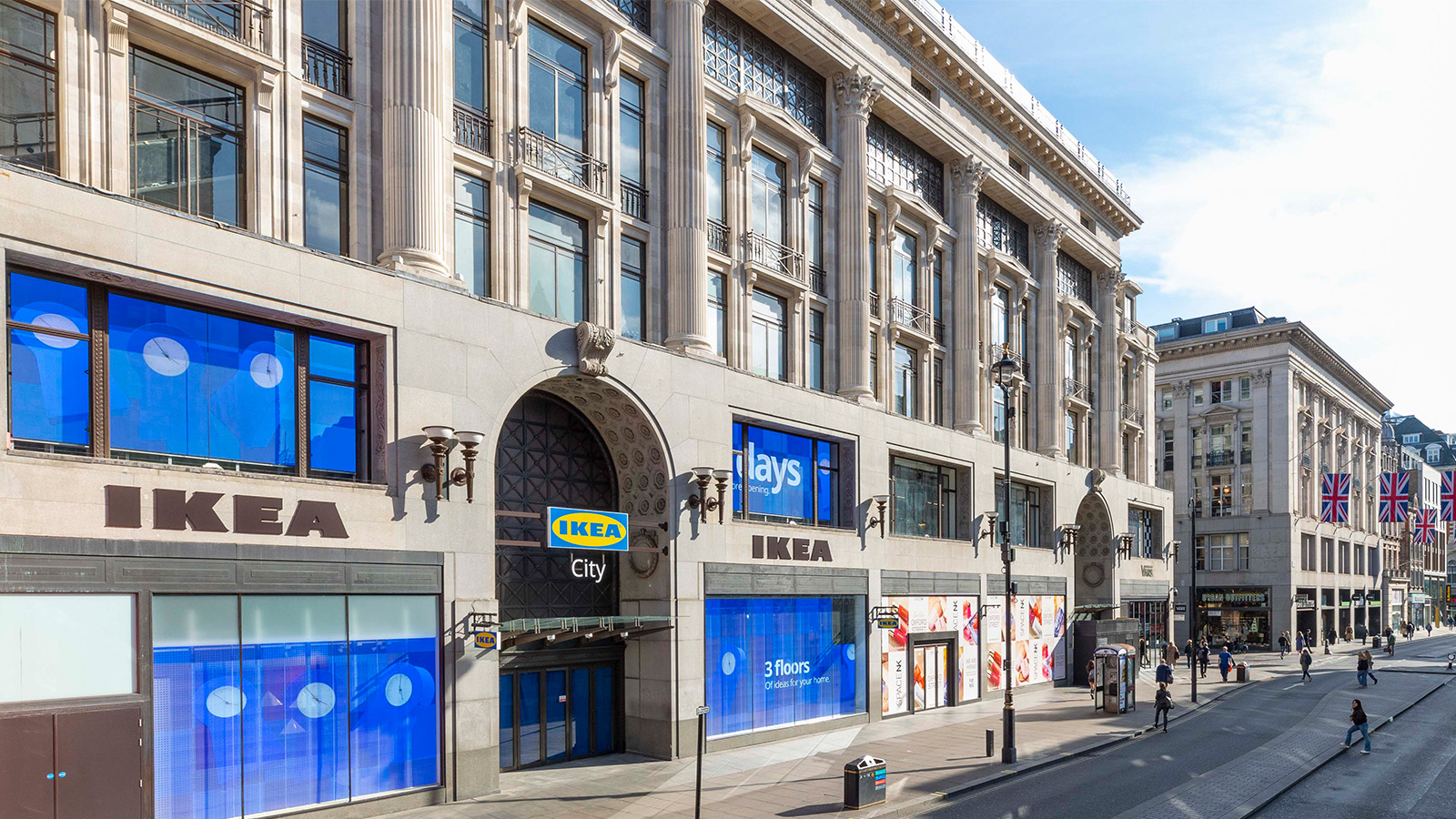 A first look inside the new Oxford Street Ikea. Spoiler: blue bags and meatballs are included
A first look inside the new Oxford Street Ikea. Spoiler: blue bags and meatballs are includedThe new Oxford Street Ikea opens tomorrow (1 May), giving Londoners access to the Swedish furniture brand right in the heart of the city
-
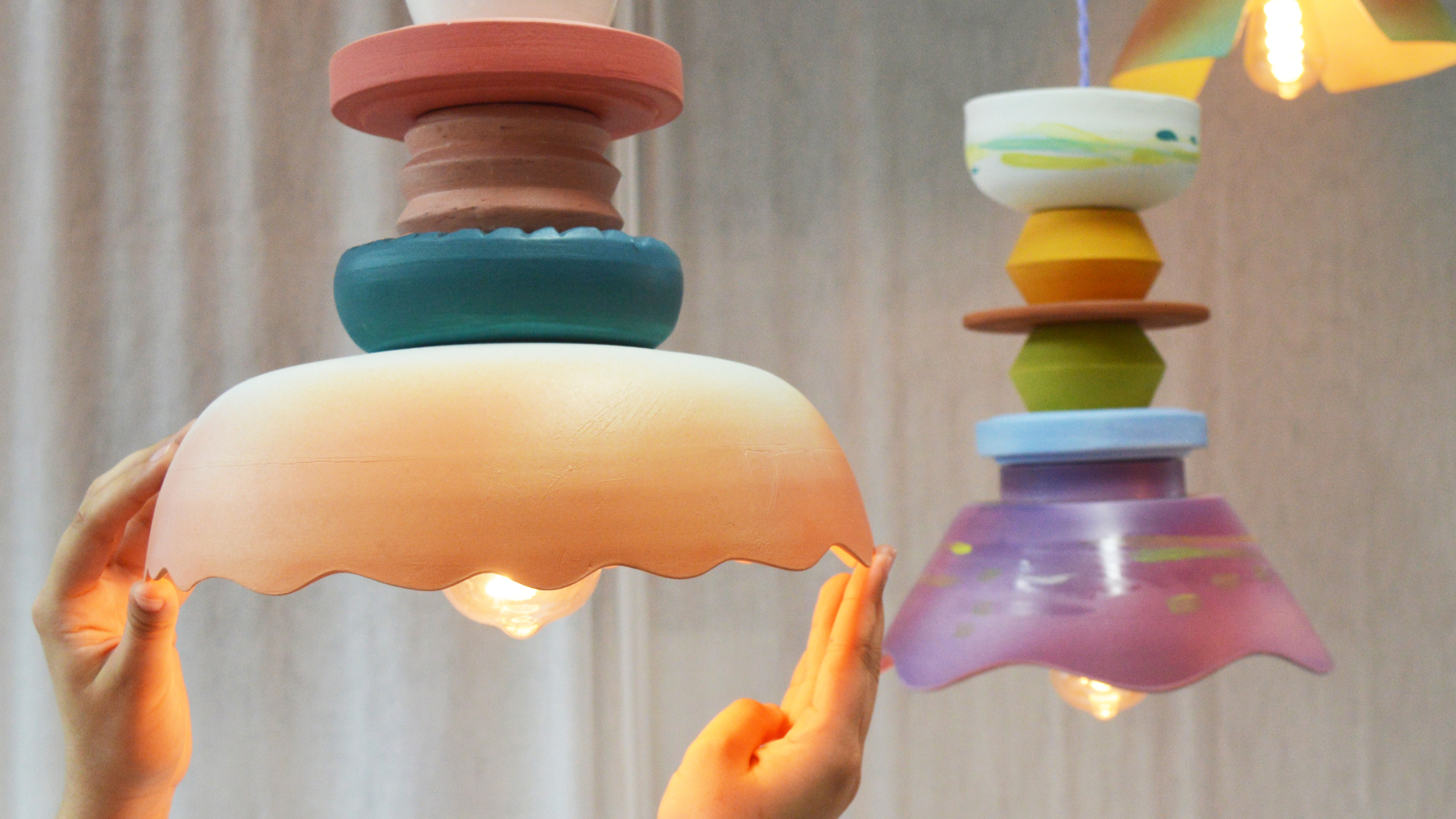 What to see at London Craft Week 2025
What to see at London Craft Week 2025With London Craft Week just around the corner, Wallpaper* rounds up the must-see moments from this year’s programme
-
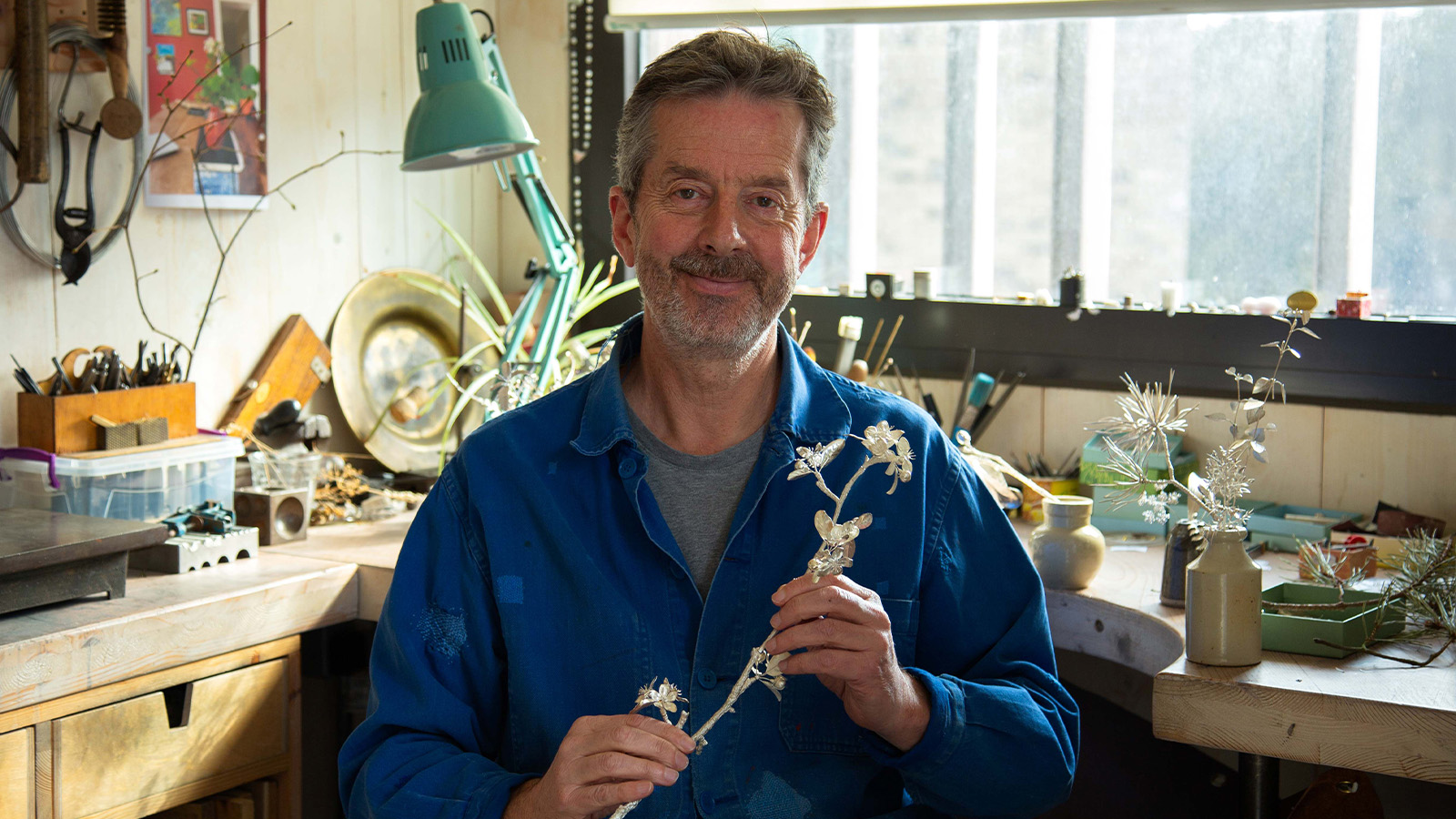 Nature sets the pace for Alex Monroe’s first sculpture exhibition
Nature sets the pace for Alex Monroe’s first sculpture exhibitionThe British designer hops from jewellery to sculpture for his new exhibition at the Garden Museum, London. Here, he tells us why nature should be at the forefront of design